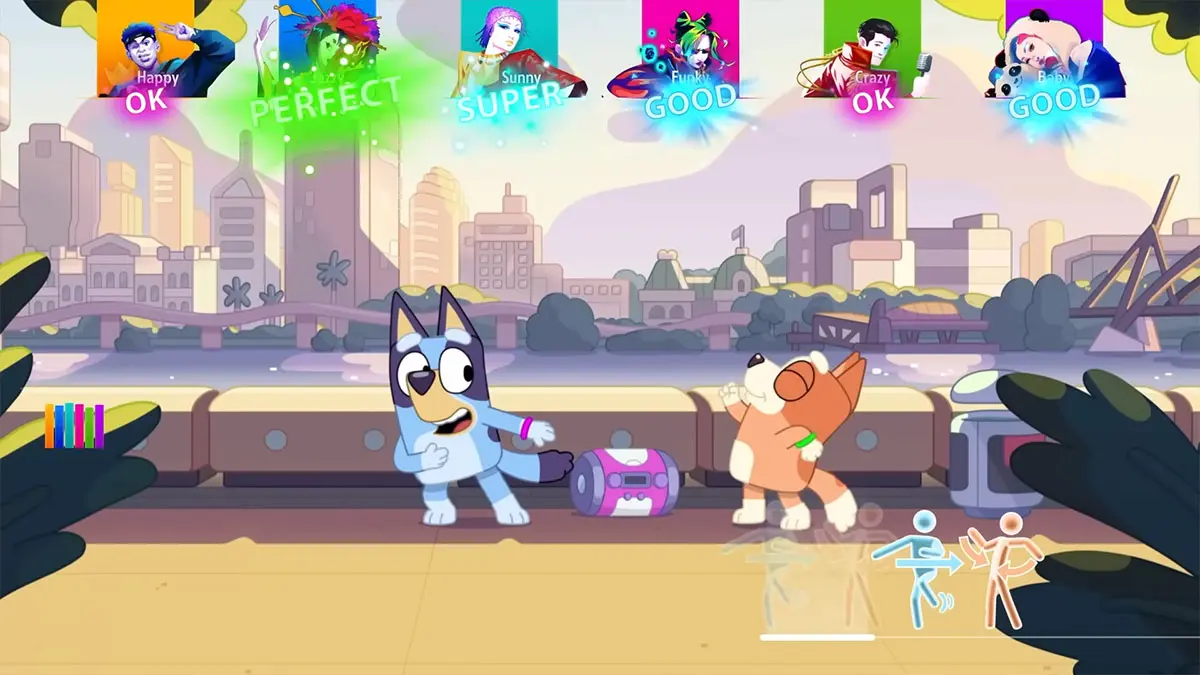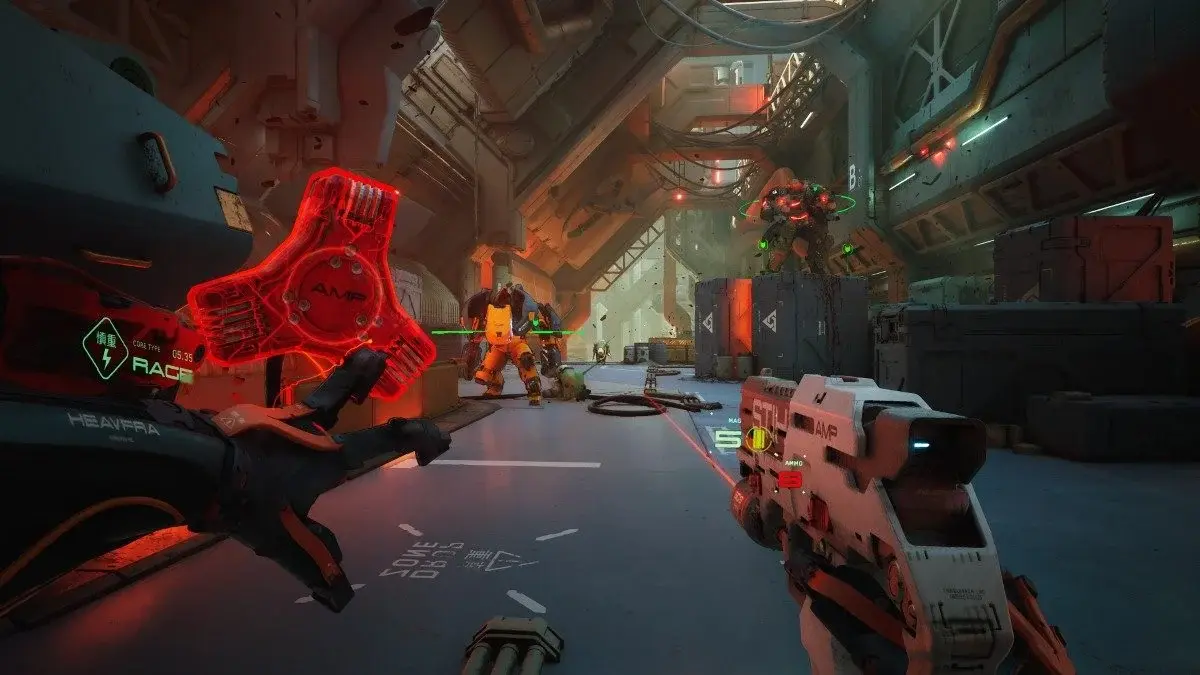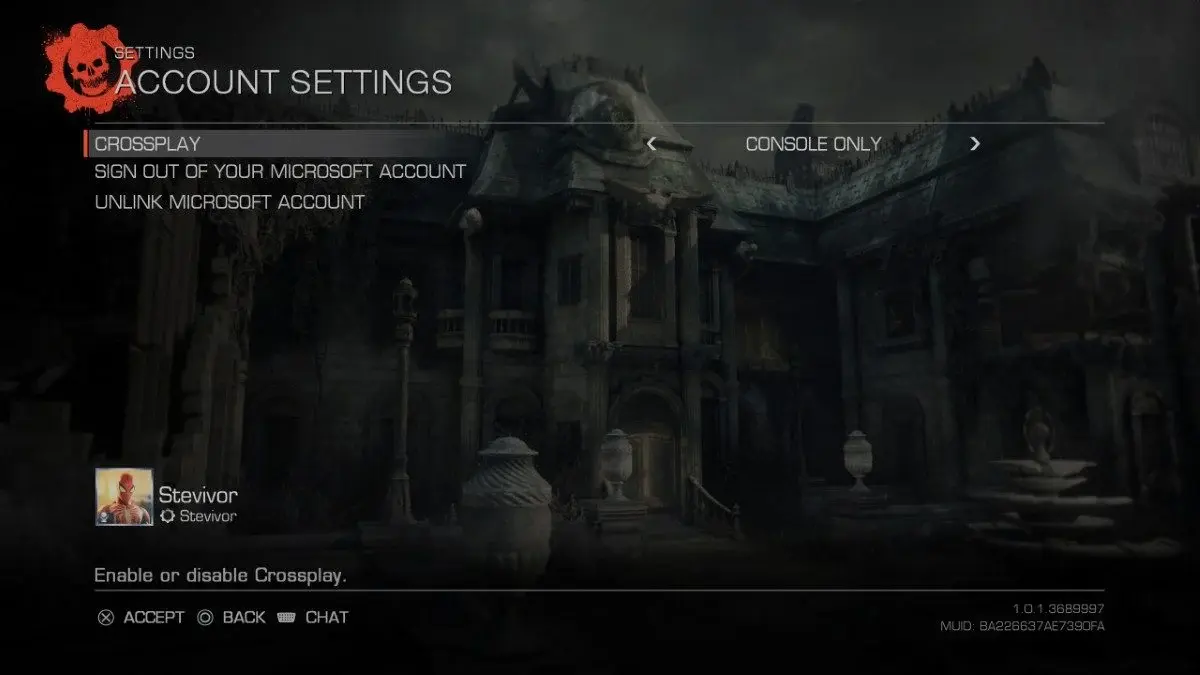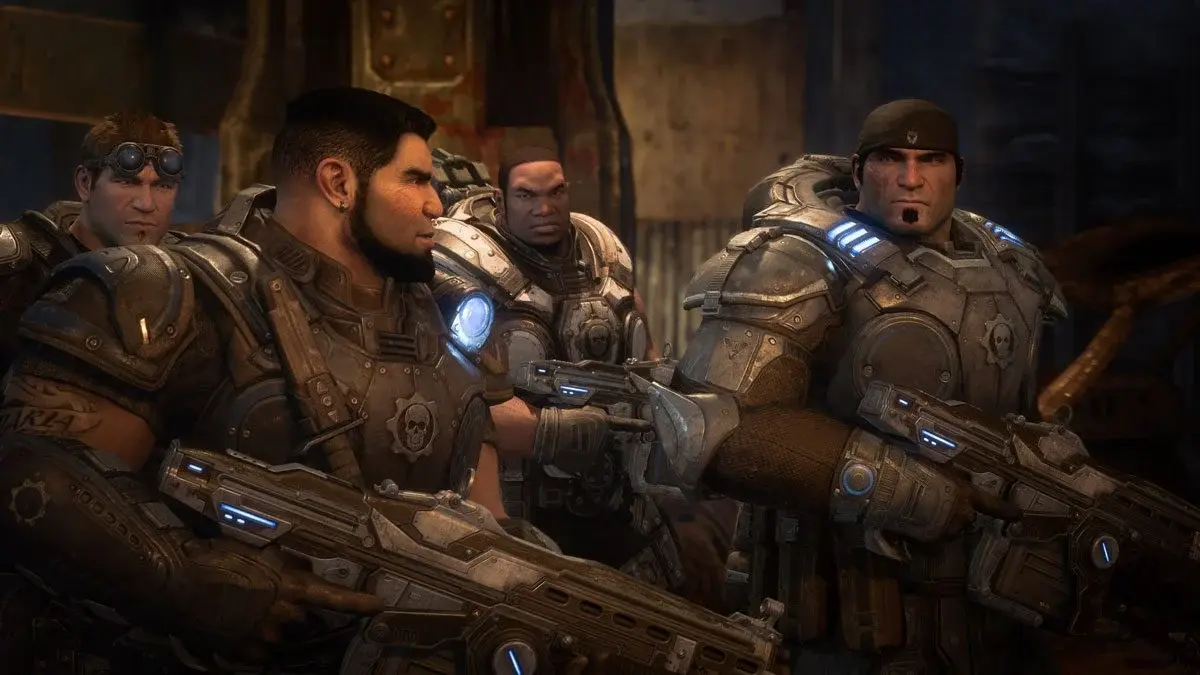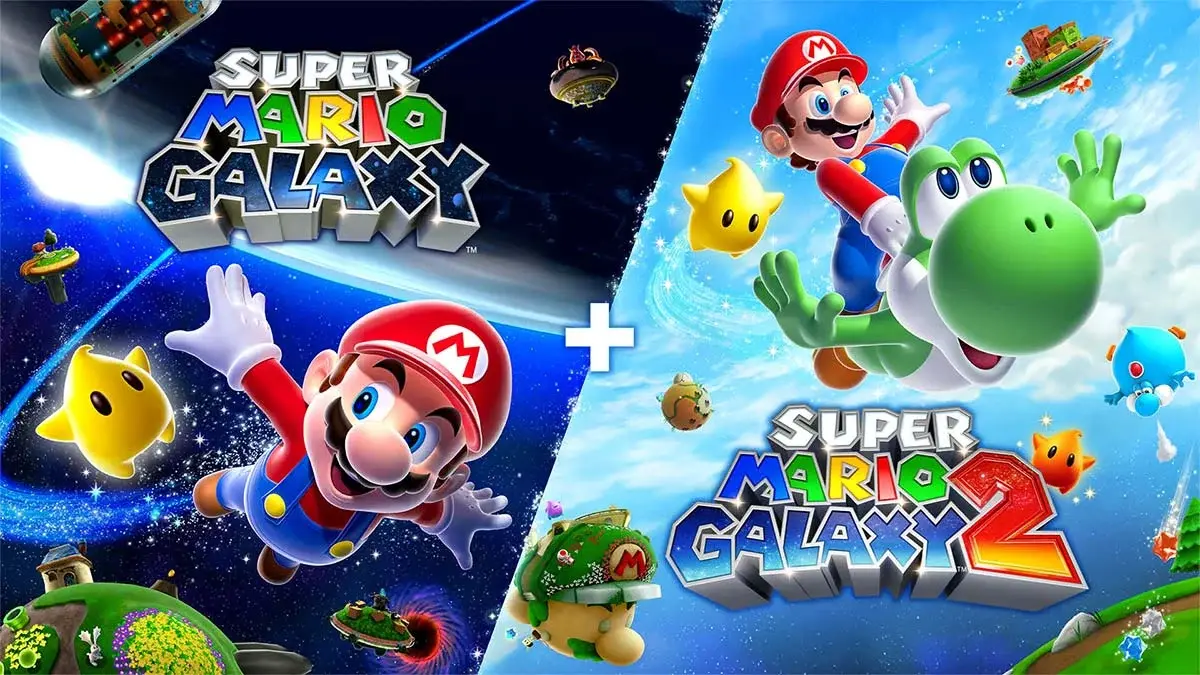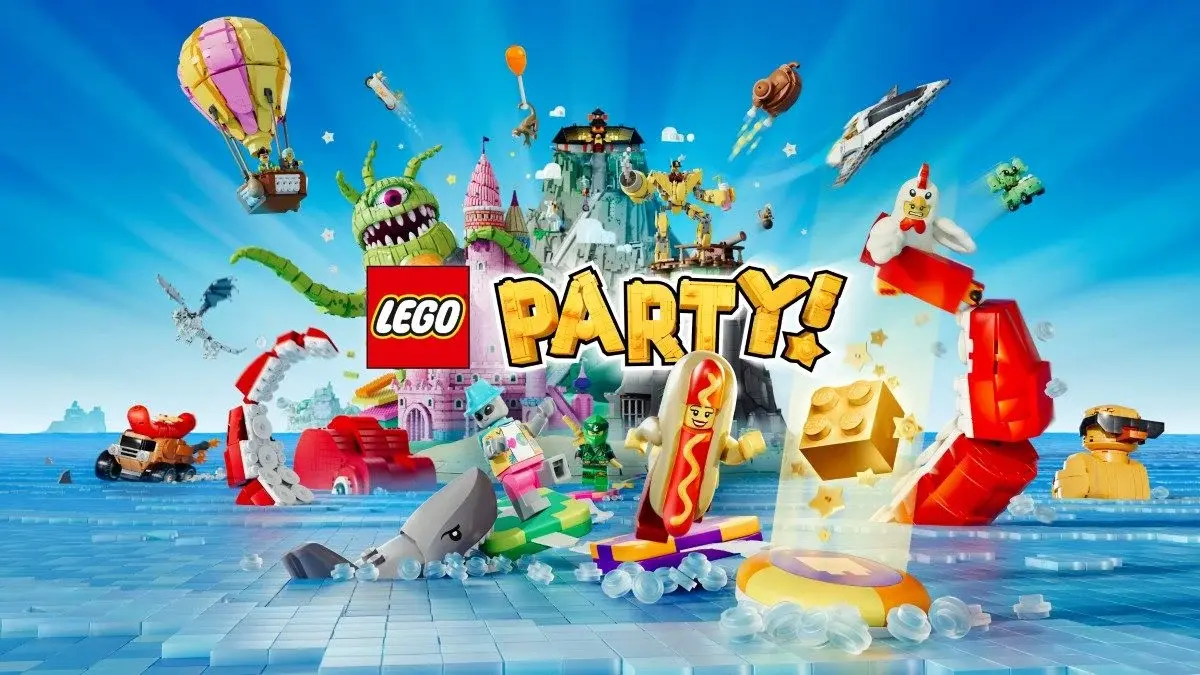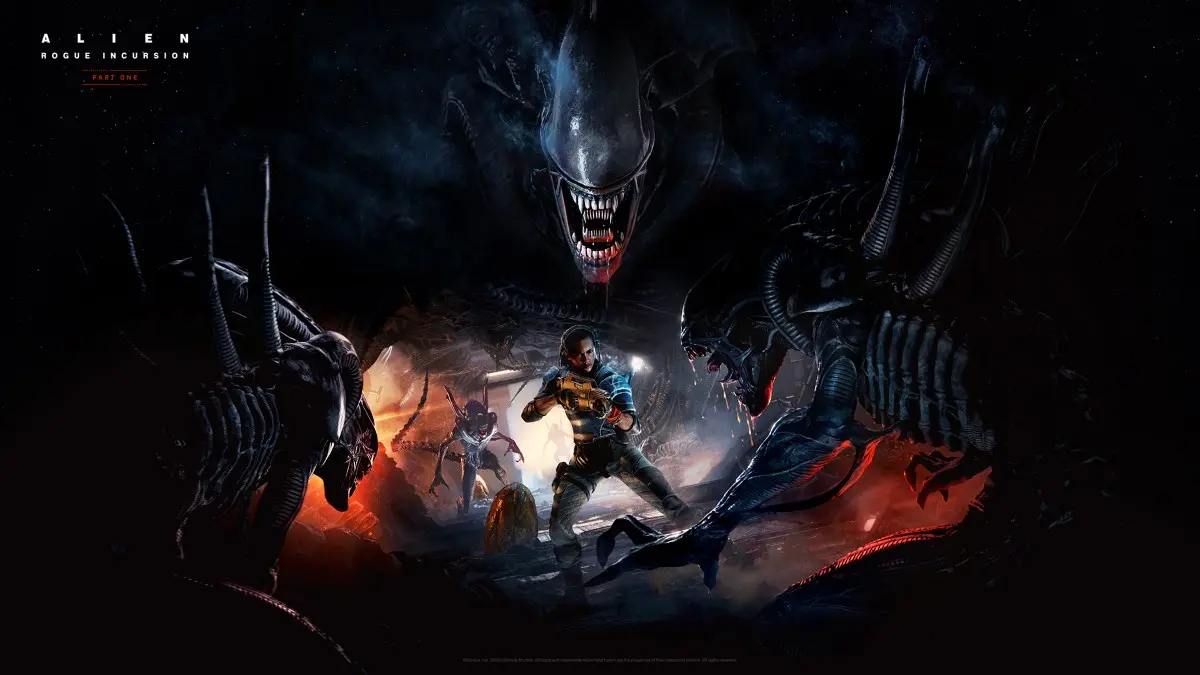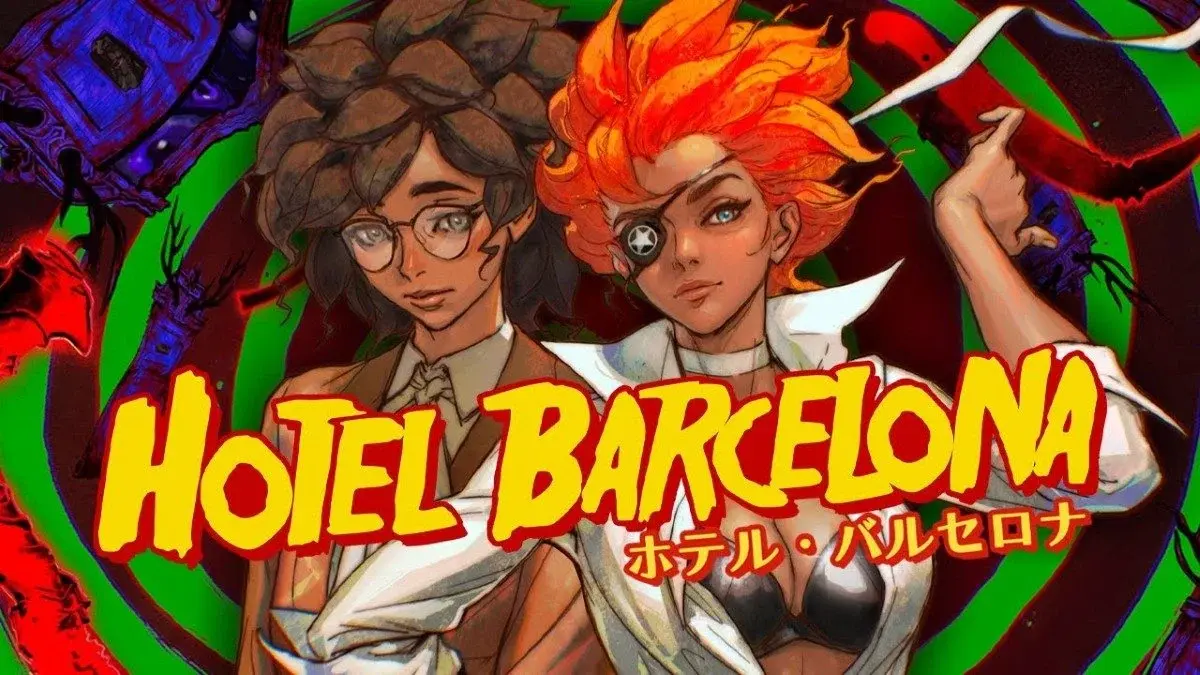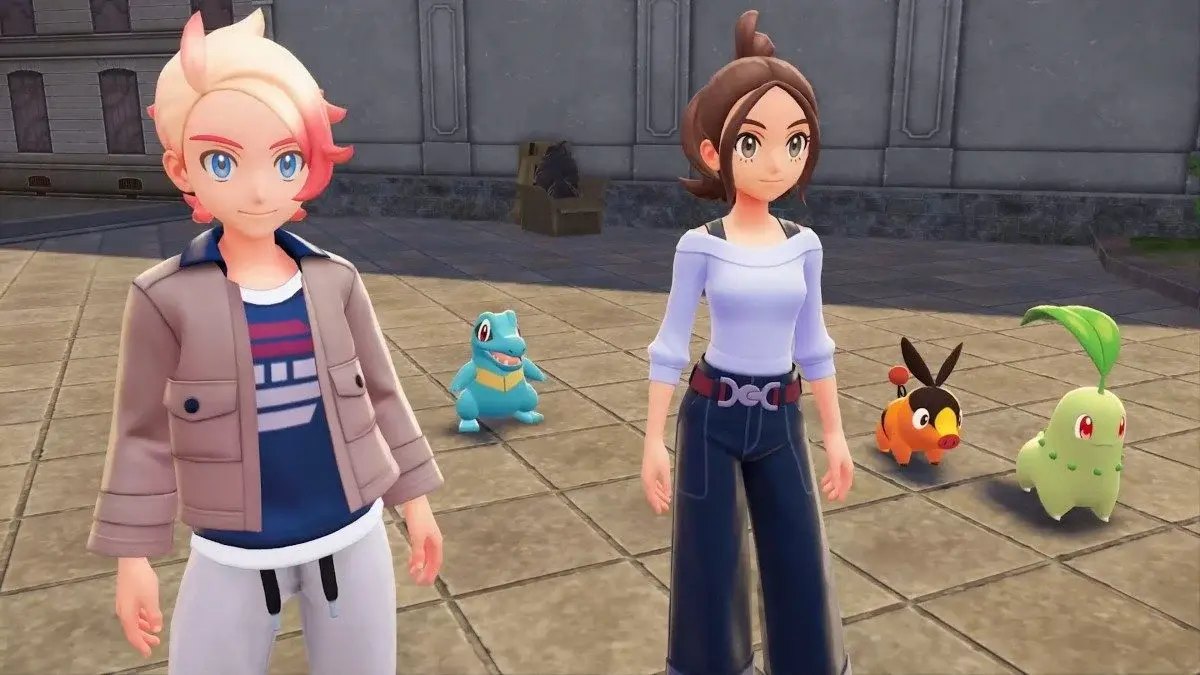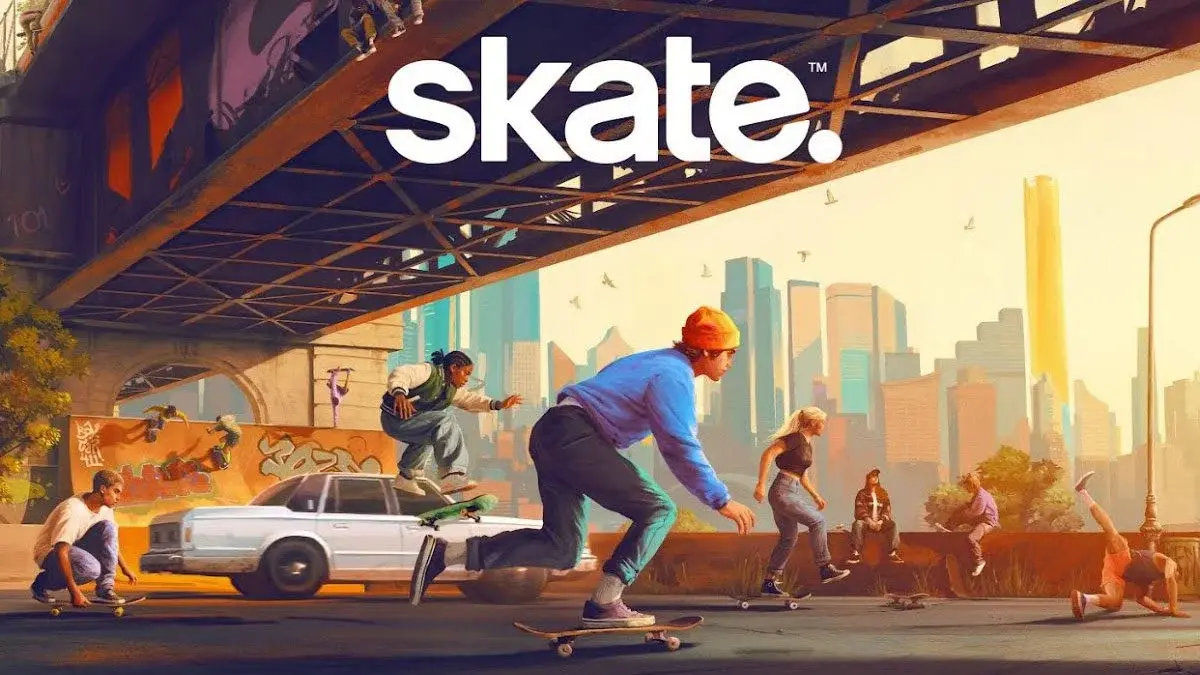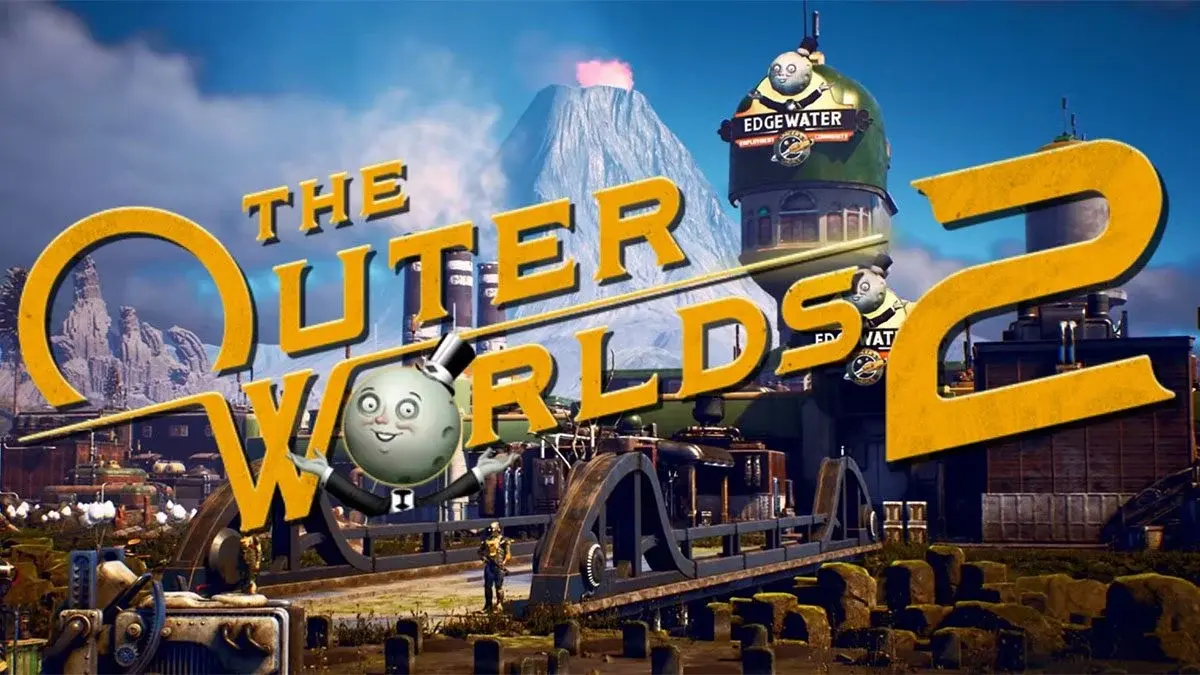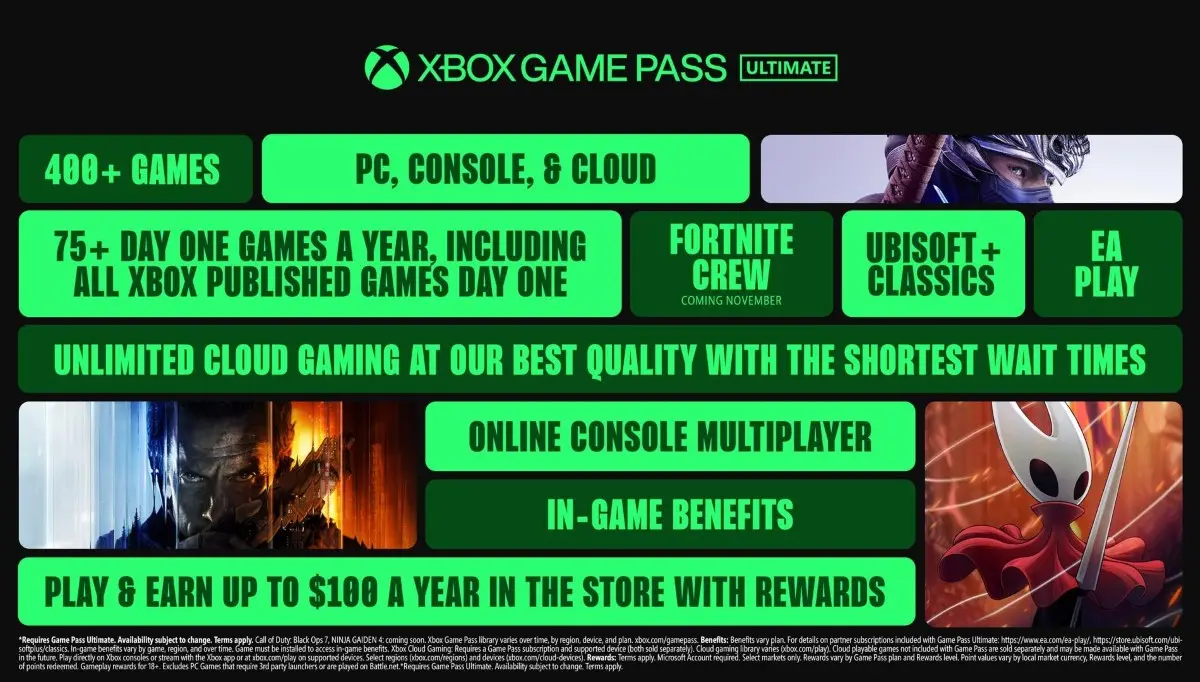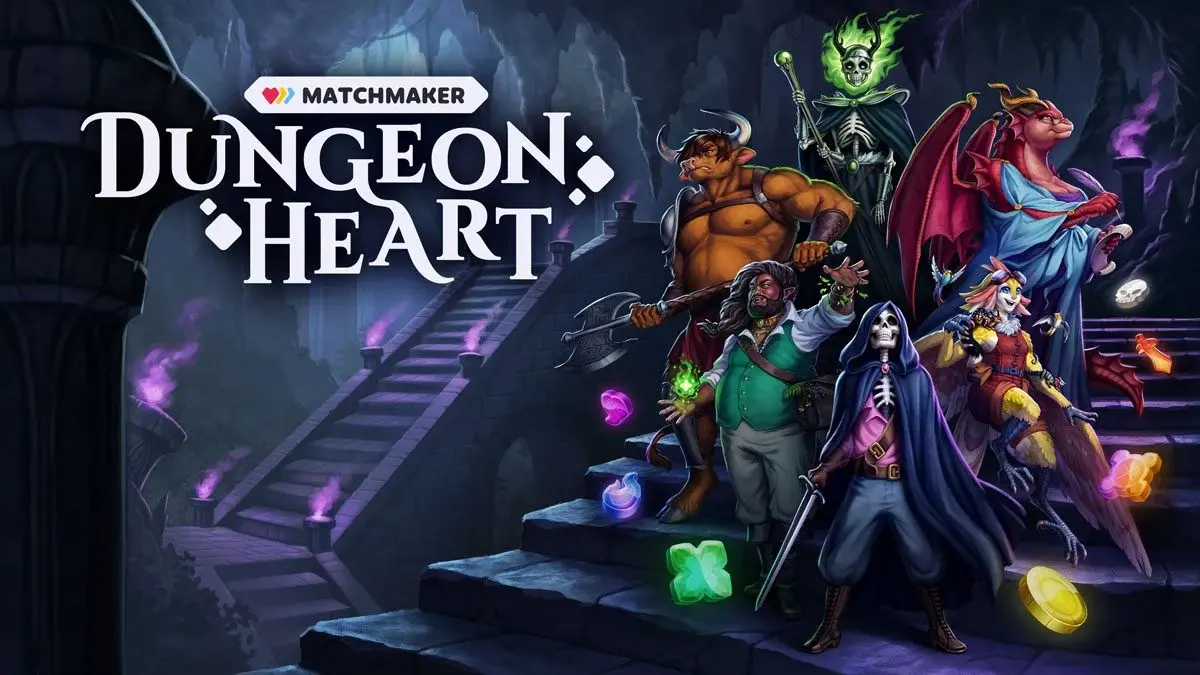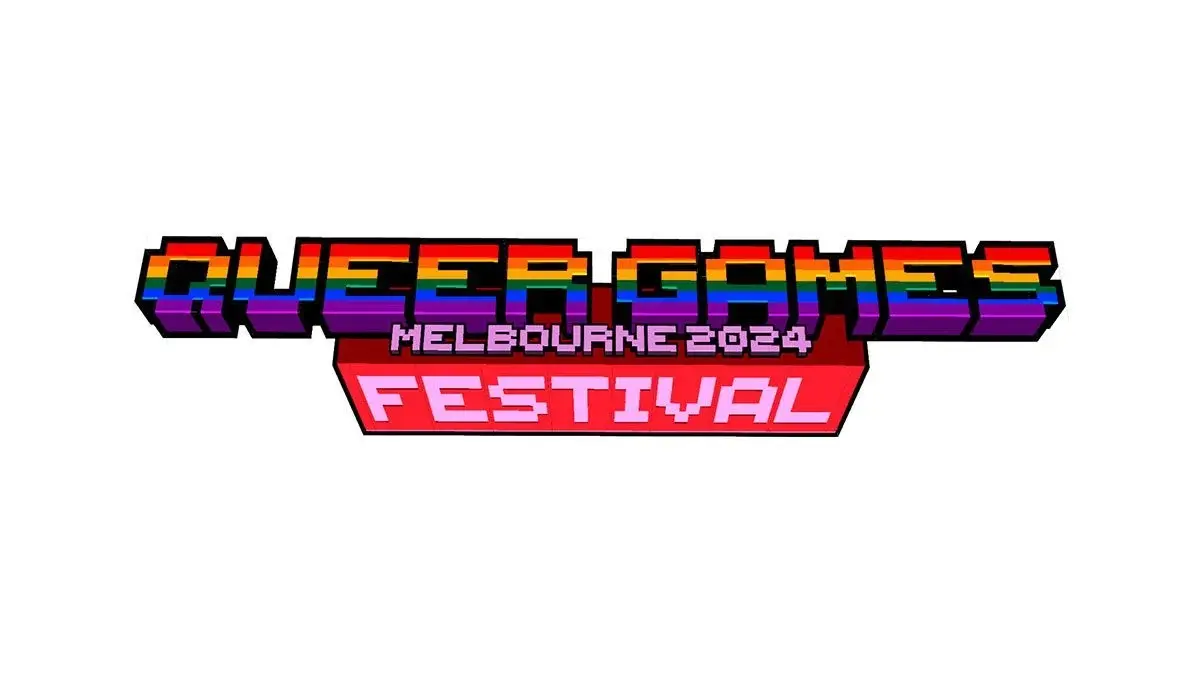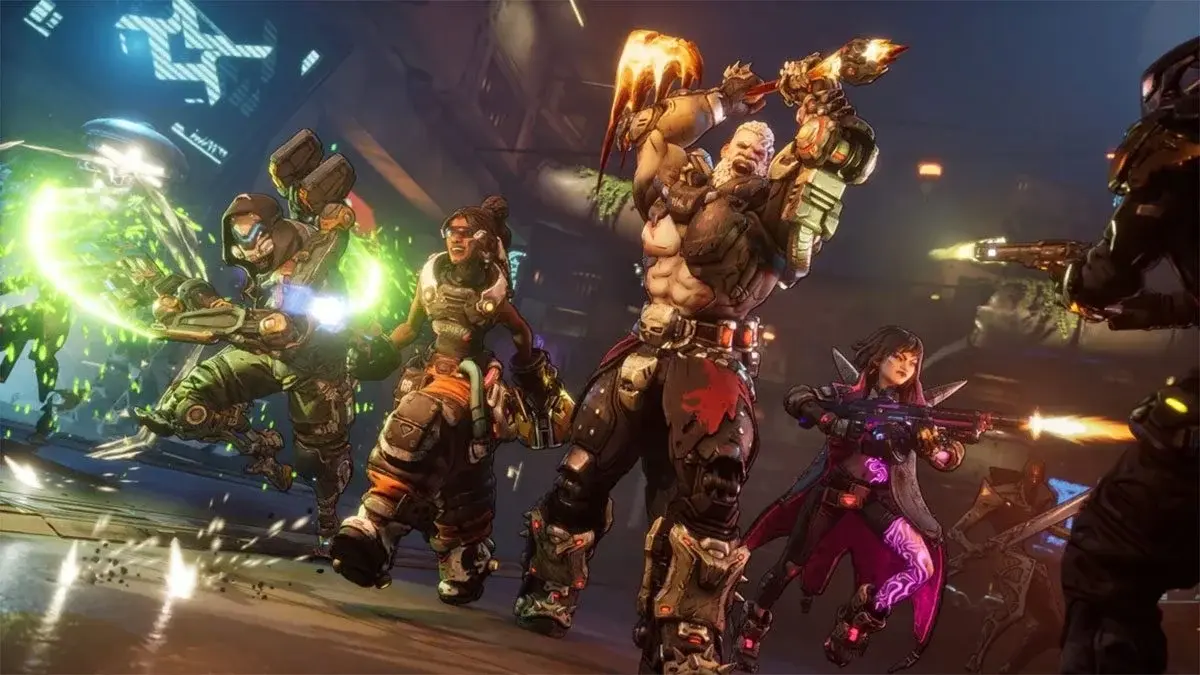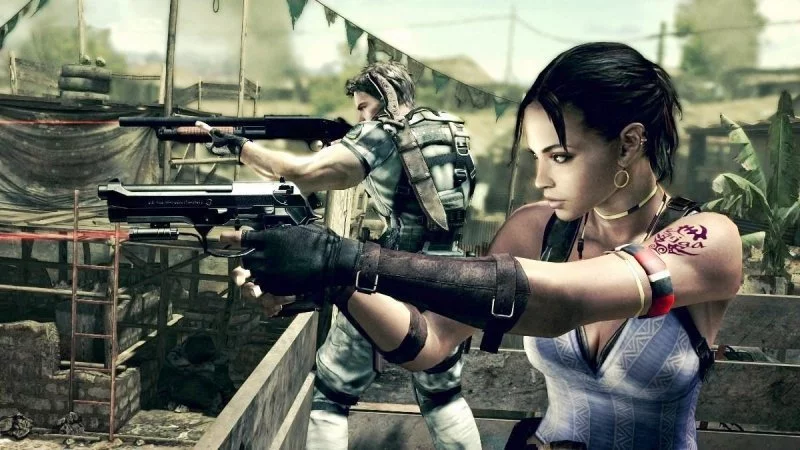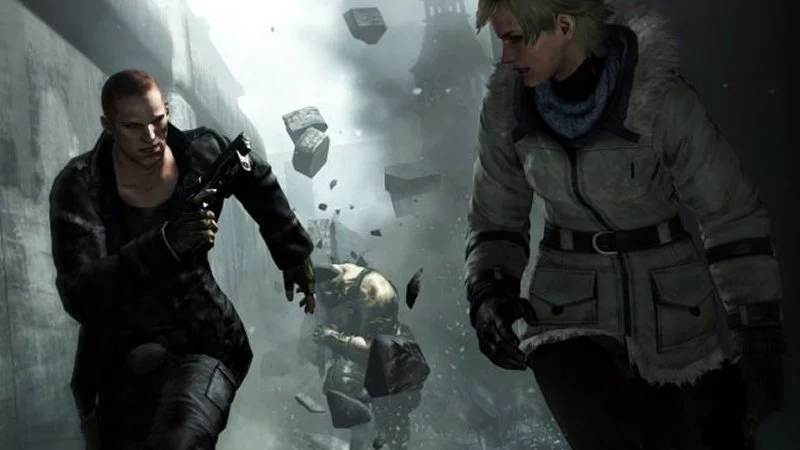Celebrating 20 years of horror – in both the survival and action flavours – there’s no denying Resident Evil has made a great impact upon the gaming landscape. In a special series of articles, Stevivor will honour the iconic series by recounting its dark roots all the way through to its dramatic revitalisation at this year’s E3.
- Part one: The original Resident Evil
- Part two: Both Resident Evil 1.5s, bookends to Resident Evil 2
- Part three: The great PlayStation drought
- Part four: The (Capcom) five Resident Evil 4s
- Part five: Action horror and its extremes
- Part six: Those Resident Evil movies…
Action horror, done right
Resident Evil 4 was a massive success, but it divided long-time franchise fans. In rejuvenating the series, creator Shinji Mikami made a massive shift from survival horror to action horror, creating entirely different experiences. Fixed camera angles made way for an over-the-shoulder camera that emphasised strategic shooting. Where once, characters like Jill Valentine and Chris Redfield could only aim up, straight and down, Leon S. Kennedy was in full control, able to target kneecaps, shoulders and anything else you could think of putting a bullet into. Slow, shambling zombies — potentially hidden by those set camera angles — were replaced with clever, quick parasite-infested villagers. Quick-time events were a new thing of life… or death.
The next game in the franchise didn’t change that one bit, merely using the power of the Xbox 360 and PS3 to amp things up. In the wake of Umbrella’s fall, S.T.A.R.S. made way for the B.S.A.A. – the Bioterrorism Security Assessment Alliance – a worldwide organisation determined to stop incidents like the Raccoon City outbreak. Resident Evil 5 featured Chris Redfield in his third core appearance, paired with a new African partner named Sheva Alomar. The partnership meant two players could team up and play through the game’s campaign together, using split-screen or online co-op against huge waves of Uroboros-riddled enemies.
Capcom’s Jun Takeuchi, who was also responsible for Lost Planet: Extreme Condition, directed the game under supervision from Resident Evil 2’s Keiji Inafune. The pair made several solid design decisions, including split-screen co-op over offset, full 16:9 displays rather than a letterboxed, stacked display, having to stop to aim and shoot, a campaign that took place during broad daylight and a new economic system that presented players with the chance to sell treasures to buy new weaponry or upgrades. Best yet, Resident Evil 5 did what Resident Evil 4 didn’t even try to — taking years of loose franchise plot threads and actually tying them up into an actual conclusion. Umbrella, Jill Valentine and Albert Wesker all played huge parts in the stories themselves, and events even tied into Capcom’s animated Resident Evil films as well.
This Resident Evil became the first in the franchise to really embrace DLC, adding three main pieces of content to the core game. The first, “Versus”, was an online, combative spin on the traditional Mercenaries mode, while “Lost in Nightmares” and “Desperate Escape” were story-driving segments set before and near the ending of Resident Evil 5 itself.
Resident Evil 5 remains the franchise’s biggest-seller, weighing in at over 7 million copies sold. It also holds the honor of being Capcom’s highest selling title, of any of its numerous franchises. Very recently, newly remastered versions were released on Windows PC, Xbox One and PS4; you can read our re-review here.
Action horror, done wrong
Where Resident Evil 5 took the mantra of ‘if it ain’t broke, don’t fix it’, Resident Evil 6 decided to throw in everything but the kitchen sink. Adding more action – and excruciatingly painful quick-time events – it offered up a whopping four campaign storylines, all playable solo or in co-op. Every single aspect of the franchise’s action horror stylings were cranked up to eleven, usually to horrific effect.
I can unabashedly say it’s my least favourite game in the core franchise.
Everything about Resident Evil 6 is a mess. Albert Wesker randomly has a child, but in the end, that doesn’t matter. Running and gunning wasn’t just a thing, it was whole-heartedly encouraged. Resident Evil 2’s Sherry Birkin makes a reappearance, but gets swept aside for Jake, Wesker’s child. Leon S. Kennedy makes his third core appearance and arguably has the best campaign of the game because it comes closest to capturing some survival horror aspects. Chris Redfield powers into his fourth main appearance, with even bigger muscles than in Resident Evil 5 and the most uninspired, military-themed campaigns you could ever get. Redfield even managed to ruin the ending of his campaign, remaining alive while a promising new character bites the bullet.
Those who worked on the game promised it would be a new evolution, offering up completely new gameplay experiences. Or, in other words, Capcom over-produced and started pulling pages straight from Game PR 101.
I don’t want to write about Resident Evil 6 anymore. I recently had to re-review it as part of its remastered release on Xbox One and PS4, so you can get more of my thoughts on the game there. Despite landing the second-highest sales of not only the Resident Evil franchise but of Capcom games themselves, the one thing that we do owe to this game is that it’s made the publisher completely rethink the franchise. There’s no doubt that the completely reworked, first-person survival horror Resident Evil 7 owes its life to the fan backlash that RE6 rightly received — though, before we get to that, we’ve got more awful games and movies to cover.
But that’s a story for next time.
This article may contain affiliate links, meaning we could earn a small commission if you click-through and make a purchase. Stevivor is an independent outlet and our journalism is in no way influenced by any advertiser or commercial initiative.




